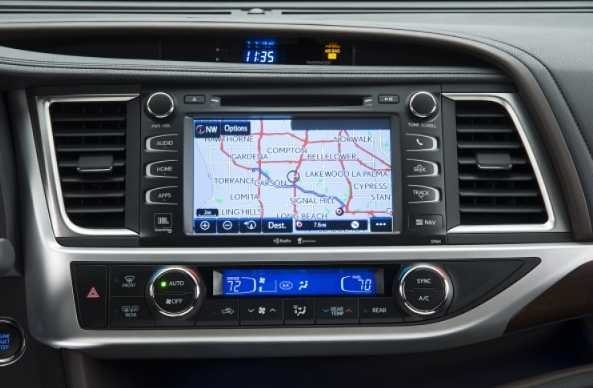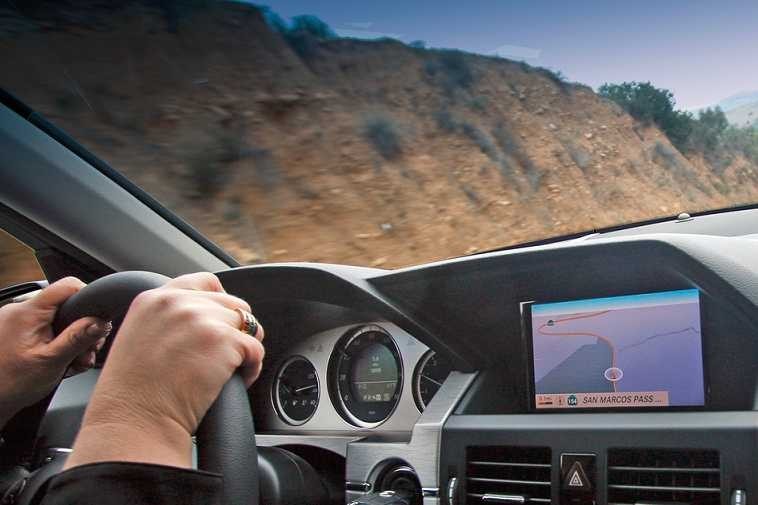Onboard Navigation Systems: Are They Superior?
 During their early development stages, navigation systems were costly options that only appeared initially in your higher-end luxury cars. Today, navigation systems are not uncommon and no longer expensive, even on economy cars. That means you can drive around Tacoma with ease in knowing that you’ll know where to go whenever you need a guide.
During their early development stages, navigation systems were costly options that only appeared initially in your higher-end luxury cars. Today, navigation systems are not uncommon and no longer expensive, even on economy cars. That means you can drive around Tacoma with ease in knowing that you’ll know where to go whenever you need a guide.
With the new portable systems, smart phone apps and a wide range of aftermarket systems on the market, navigation systems are more available and sophisticated than ever before. Service King Tacoma is a body shop that knows where it’s headed, so we will analyze the pros and cons of owning an onboard, factory designed and installed navigation system.
Positives
Integration: Most car owners in the US seem to prefer factory-installed navigation systems because they covet a clean, high-tech, integrated look. These systems normally have larger screens and are designed to work seamlessly with the vehicle, with attractive features such as voice activation and other interface methods like control knobs or on-screen buttons.
Warranty Coverage: Since the factory navigation system is part of the vehicle, it is almost always covered by the bumper-to-bumper warranty. If anything goes haywire with the system, you can take it to any factory dealership for free repair within the warranty period. But also keep in mind that extended warranties might or might not include the navigation system.
Theft-Resistant: Portable navigation systems are prime targets for thieves and in many cases, the cost of your broken car window will cost you more than the system. With a factory navigation system, this is virtually impossible and of course, any crook is going to have difficulty re-selling an onboard system that has been pried out of your dashboard.
Resale Value: Factory navigation systems may improve a car's resale value, but only within those first 2-3 years of ownership. After that window of time, used car shoppers will be less interested in high-tech features, especially if they look dated and lack the capabilities of newer cars. Since these systems change literally overnight, most of them are outdated within 1-2 years.

Negatives
Cost: Prices for factory navigation systems are all over the map, and there doesn't seem to be any logic to them. Onboard navigation systems start around $500 in new cars. But in many cases, automakers bundle navigation with other accessories in a package, which can cost more than $4,000 in some luxury vehicles. In some cases, you cannot get a navigation system unless you buy one of the vehicle's higher, more expensive models with all of the bells and whistles.
Updates: Maps on factory systems are usually only as current as the year of the vehicle. If you want to update the maps, you typically need to purchase a DVD or memory card and these can set you back $75-$200.
Limitations: Some factory navigation systems do not let you input directions while the car is moving. This is meant to be a safety feature, but could be frustrating if you want your passenger to operate the system. Most portable systems do not have these restrictions, so you can use them in the vehicle whenever you choose, running or not.
After carefully studying the pros and cons of owning an onboard factory navigation system vs. a smart phone app or an aftermarket unit, we at Service King Tacoma would suggest that if you can get a car with an onboard system, do so. They are now available on most cars and overall they’re superior across the board (or dashboard), so if it won’t cost you an arm and a leg, it’s the best way to go.
Sources: Wikipedia, Tech Crunch and Forbes









 During their early development stages, navigation systems were costly options that only appeared initially in your higher-end luxury cars. Today, navigation systems are not uncommon and no longer expensive, even on economy cars. That means you can drive around Tacoma with ease in knowing that you’ll know where to go whenever you need a guide.
During their early development stages, navigation systems were costly options that only appeared initially in your higher-end luxury cars. Today, navigation systems are not uncommon and no longer expensive, even on economy cars. That means you can drive around Tacoma with ease in knowing that you’ll know where to go whenever you need a guide.
Social